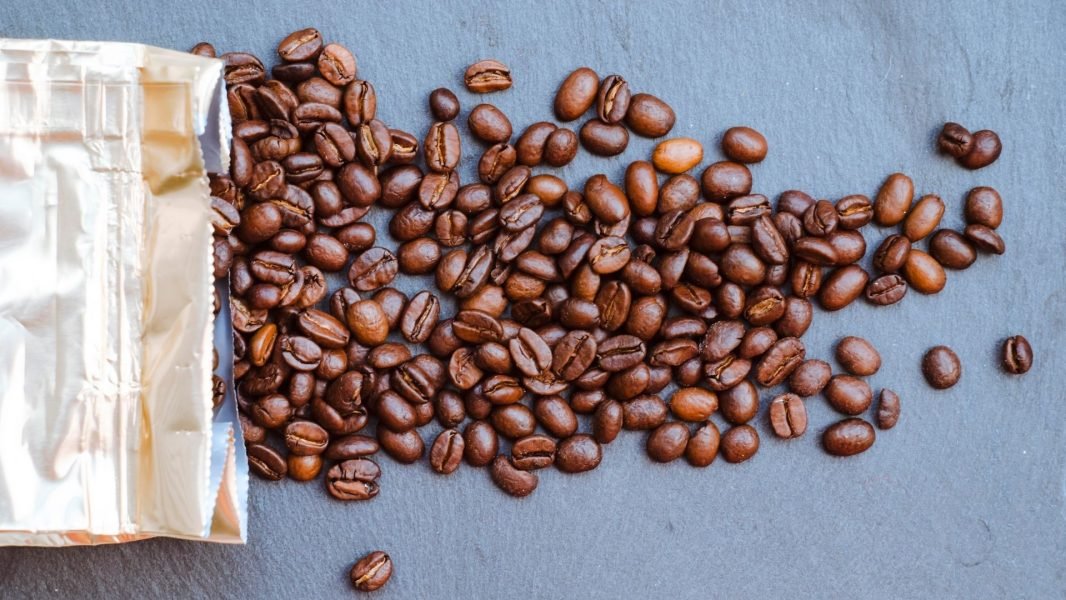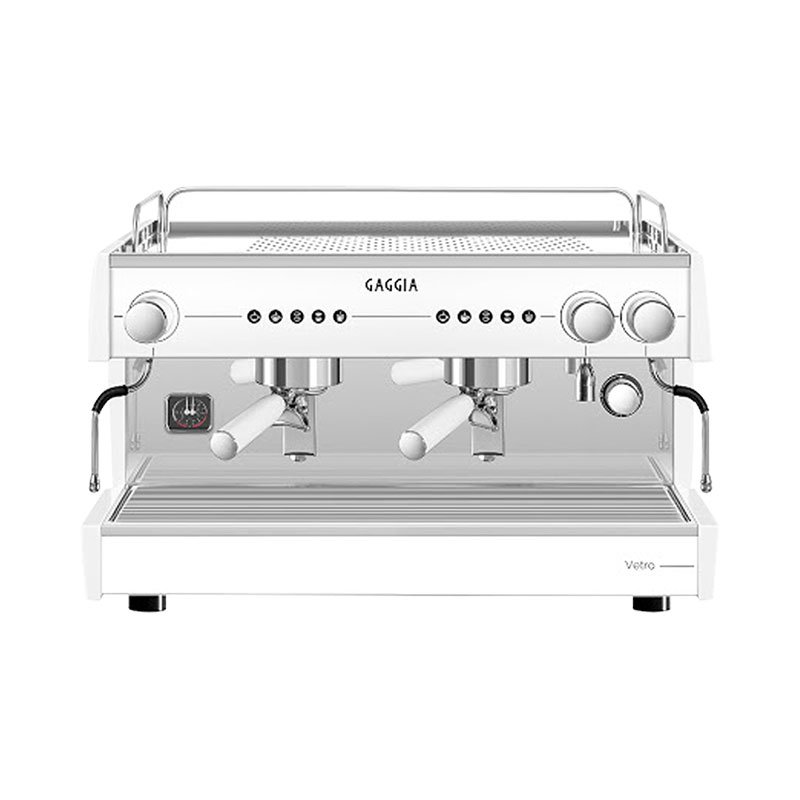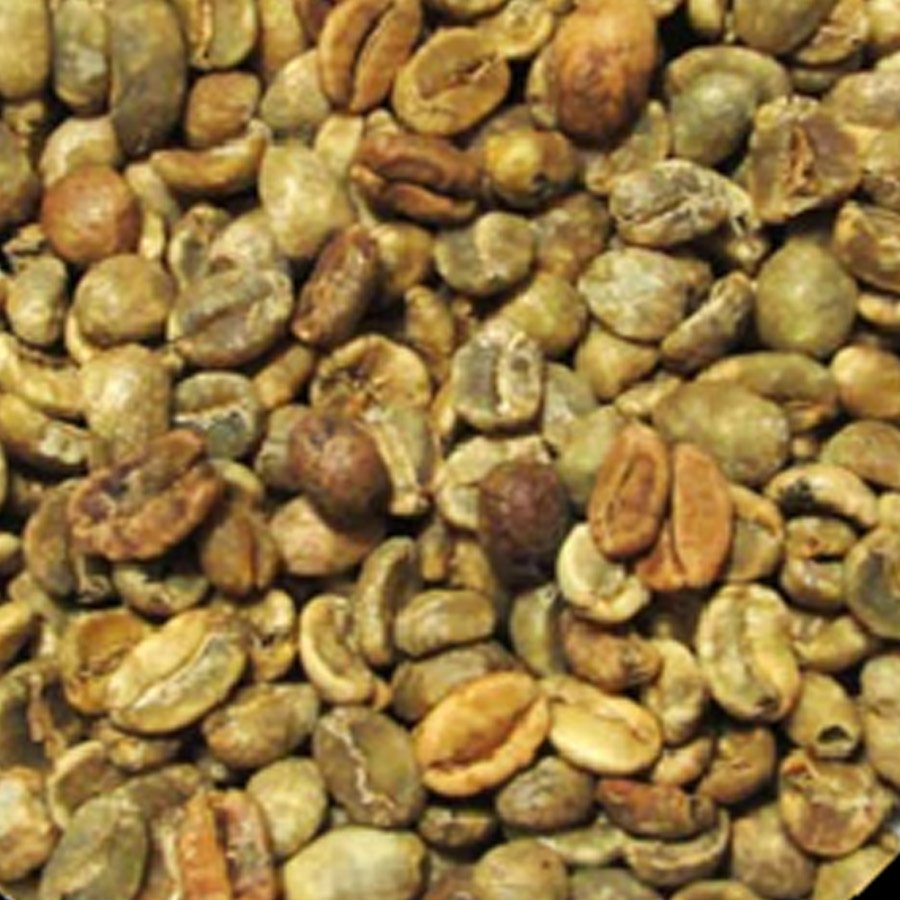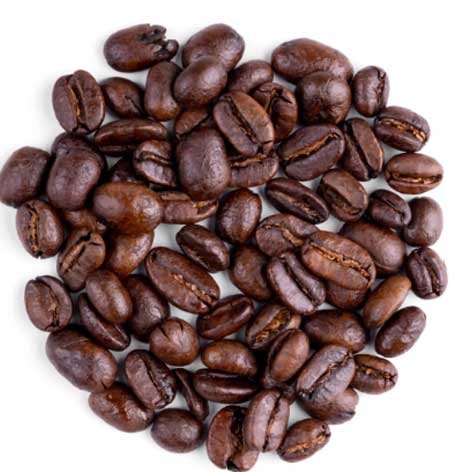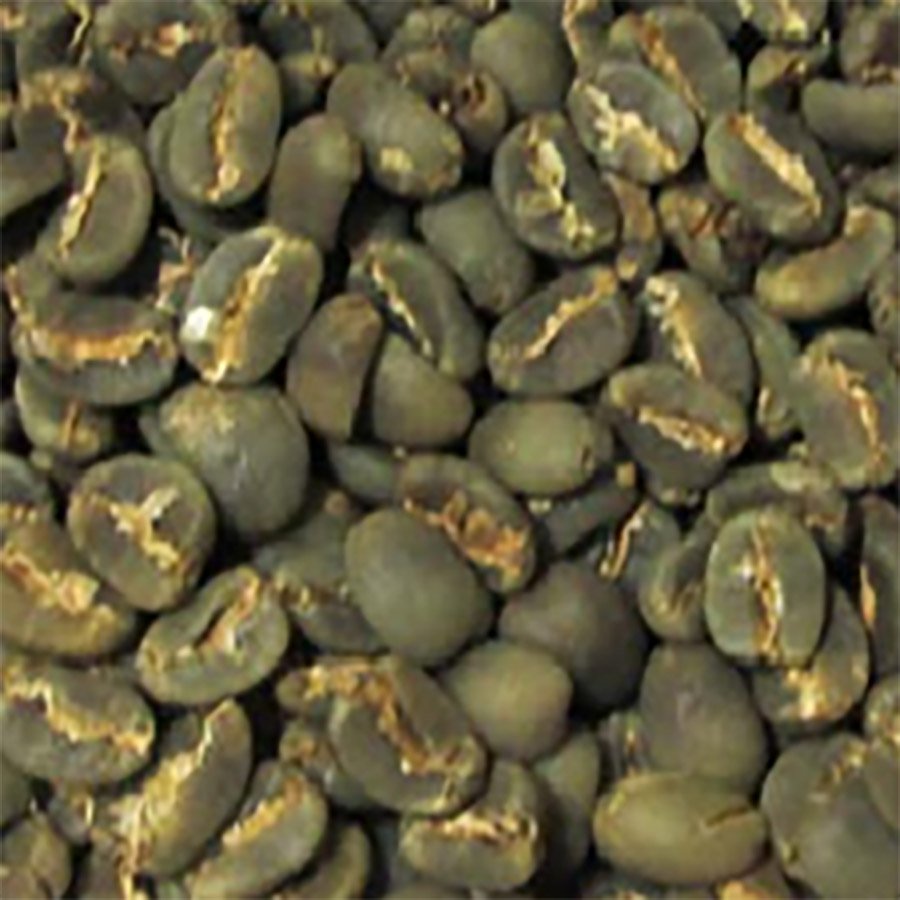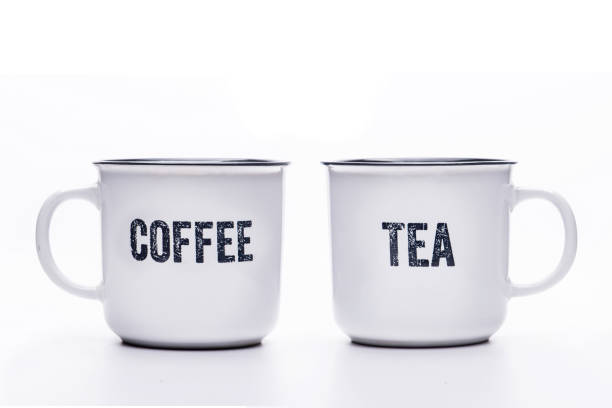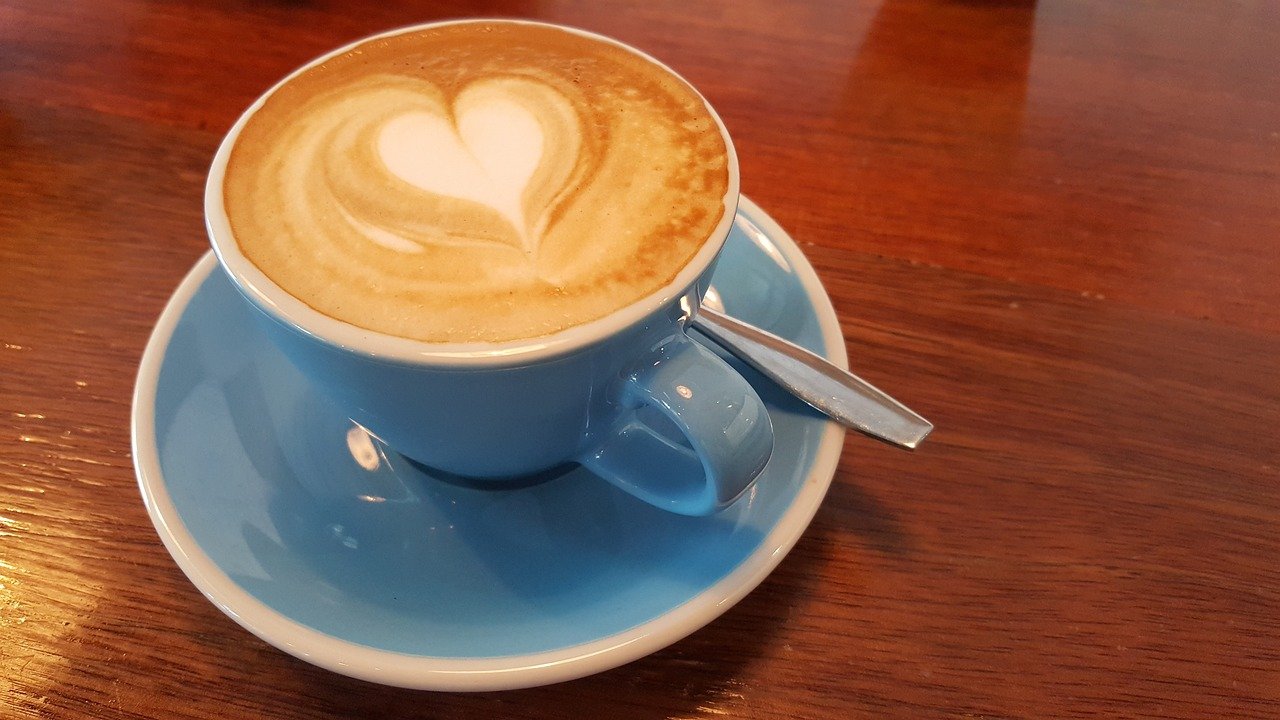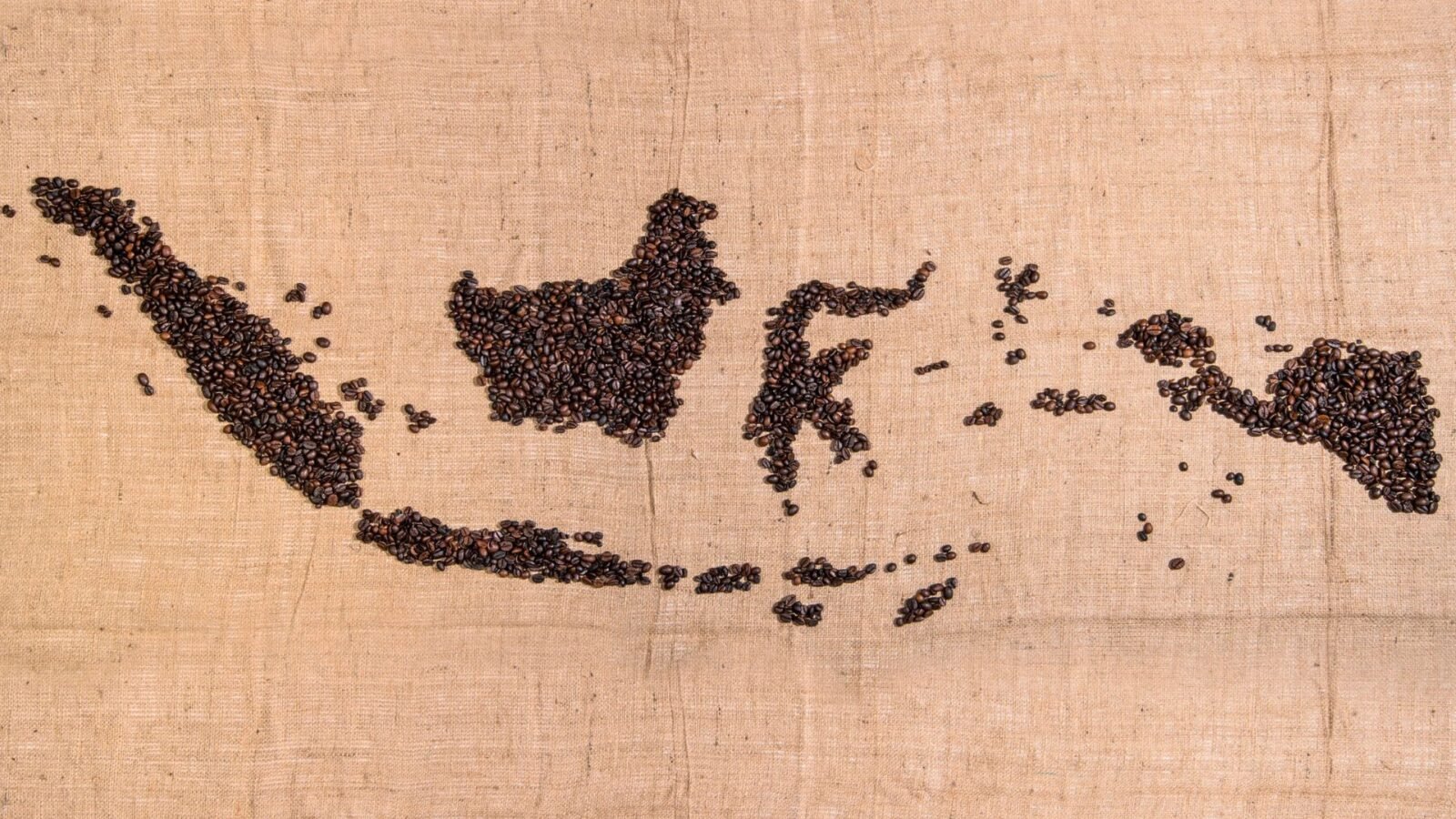Don’t you know that packaging is one of the most significant aspects of the coffee-producing business? Without decent packaging, raw coffee beans that we have painstakingly processed are at the peril of losing their taste or aroma. Also, coffee beans may not last long without good packaging.
Moreover, a study by the Paper and Packaging Board reported that about 72% (7 in 10) of consumers say that coffee packaging design greatly affects them in deciding whether to buy a product. Let’s see why packaging matters and get to know 7 packaging types for your coffee beans.
Why Do We Have to Package Coffee Beans?

1. To Keep the Roast Flavor
Green coffee beans undergo various chemical reactions (like the Maillard reaction) during their roasting process, making them coffee beans full of flavor and aroma. Unfortunately, those emerging tastes and aromas are highly unstable or easily lost.
Proper protection (packaging) can help the coffee beans retain their aroma and taste, ensuring freshness over time.
2. To Keep the Oxygen Out
Packaging keeps the coffee taste or aroma “inside” and protects the beans from external factors. One of them is oxygen which can make fresh products, like coffee beans, oxidize, causing rancid taste or even loss of taste. Sturdier packaging will prevent oxygen from entering and maintain the coffee beans’ quality.
3. To Differentiate it From Other Brands
Coffee packaging also serves a significant function in terms of marketing. By creating unique packaging – in terms of color, design, or logo – a brand can build a distinct visual identity among other coffee beans. Also, it will make your products stand out from the crowds in the marketplaces or stores.
4. To Provide Clear Information to Customers
Today’s consumers are increasingly aware and thorough in what they consume, probably as a part of the third-wave coffee movement. We can help them through the packaging by giving our product details – the coffee beans region, the green coffee beans plantation name, taste, aroma, fair trade certification, processing methods, etc.
We can use this kind of packaging to pack our products and grab consumers’ attention.
Tips to Choose The Right Coffee Packaging
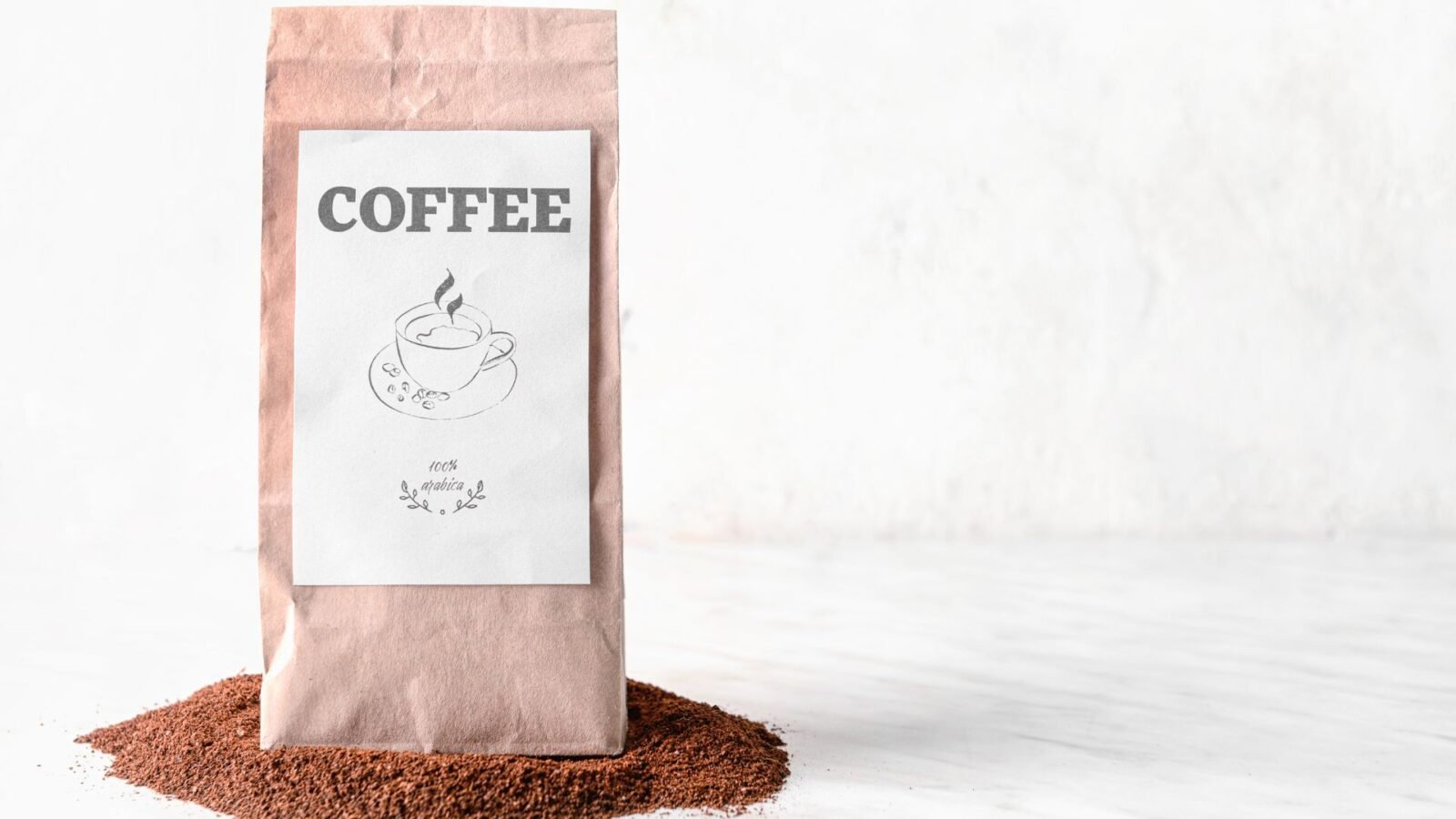
When it comes to choosing the right packaging for your coffee, it’s important to consider the characteristics of your coffee and the preferences of your target market. Here are some things to consider.
1. Consider the Coffee Roast Level
Different roast levels require different packaging. For example, lighter roasts are more delicate and require packaging that can protect them from oxygen, moisture, and light. On the other hand, darker roasts are more stable and can be packaged in simpler packaging.
2. Consider the Coffee Flavor Profile
Coffee with a strong, bold flavor may benefit from packaging that highlights its intensity, such as a bag with a bold design. On the other hand, coffee with a subtle flavor may benefit from packaging that emphasizes its delicate qualities, such as a clear or minimalist bag.
3. Consider the Coffee Origin
Coffee from different origins may require different packaging. For example, coffee from high-altitude regions may require packaging that can handle changes in pressure during shipping.
4. Consider the Coffee Target Market
Understanding the target market is key to choosing the right packaging. For example, if you’re targeting health-conscious consumers, packaging with a focus on sustainability and eco-friendliness may be more important. On the other hand, if you’re targeting luxury consumers, packaging that emphasizes quality and exclusivity may be more important.
7 Types of Packaging for Your Coffee Beans
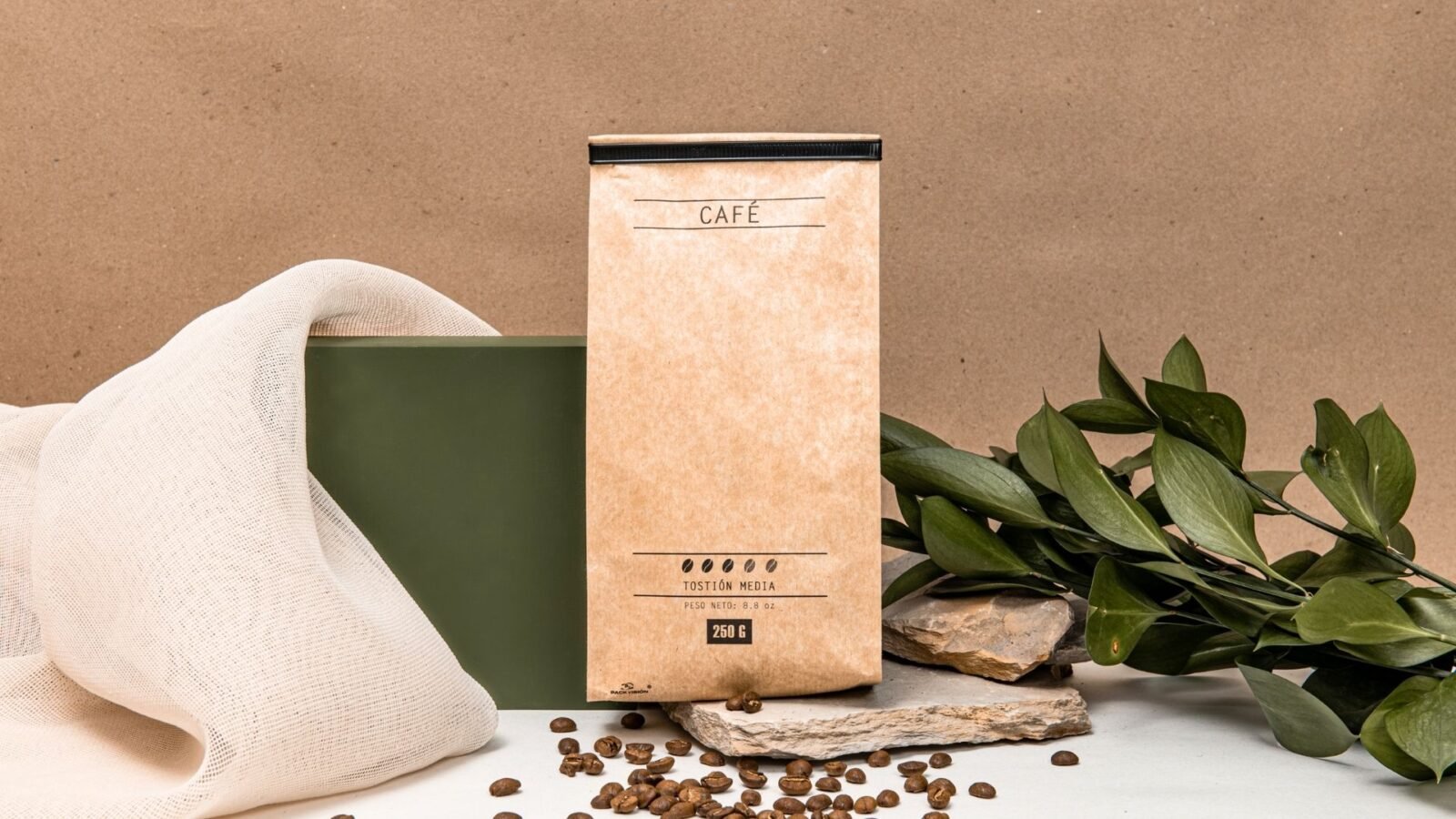
The following are some types of packaging of coffee beans that are commonly used:
1. Paper Bag
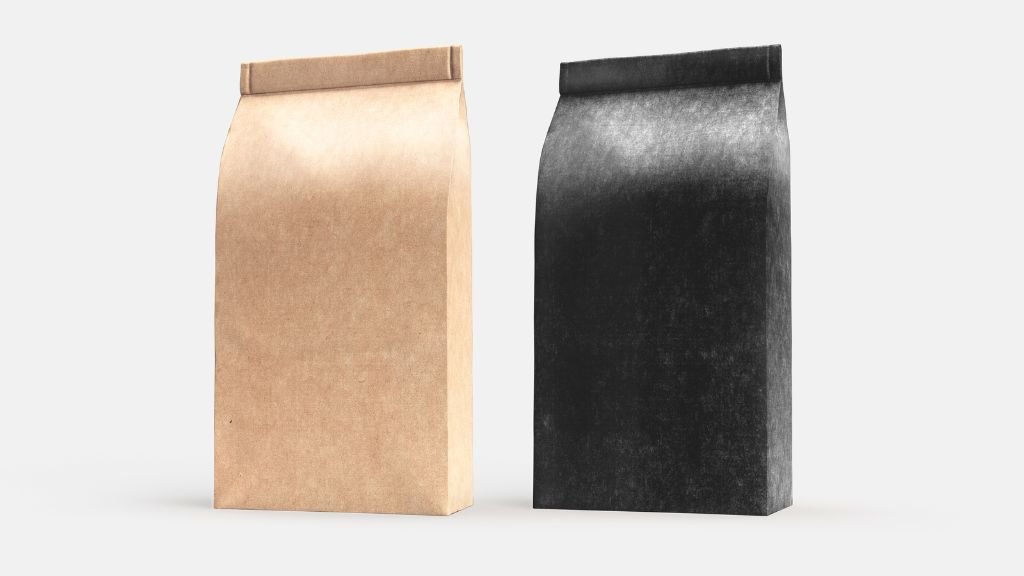
Paper is one of the most popular materials. Despite its simple shape, it surprisingly offers mechanical strength, impact resistance, and mobility. If you drink your coffee within a few days, paper bags can be the right choice as it helps coffee beans to degrease without any problem and without losing their aroma or taste. Moreover, paper bags are inexpensive and easy to recycle.
2. Kraft Paper Bag
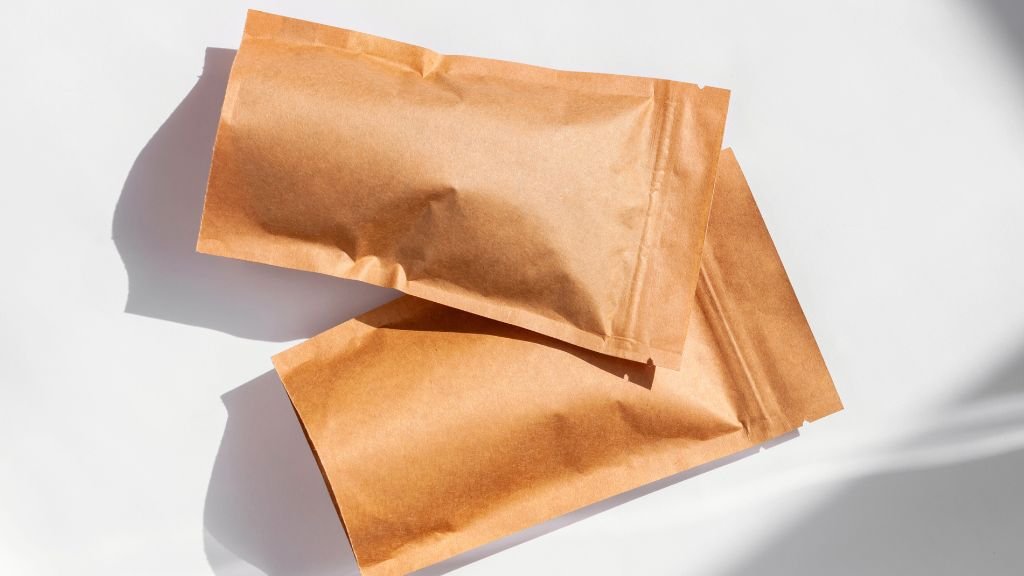
Paper kraft is a more eco-friendly option. The packaging usually will consist of a kraft paper layer, silver or aluminum metalized coating, and a PE layer printed directly on the pack in one or two colors. The most widely used this type of packaging materials are coffee powder and coffee granules with weights ranging from 18-25gr (instant coffee), 100gr, 250gr, 500gr, and 1kg.
3. Airtight Packaging with One-Way Valve
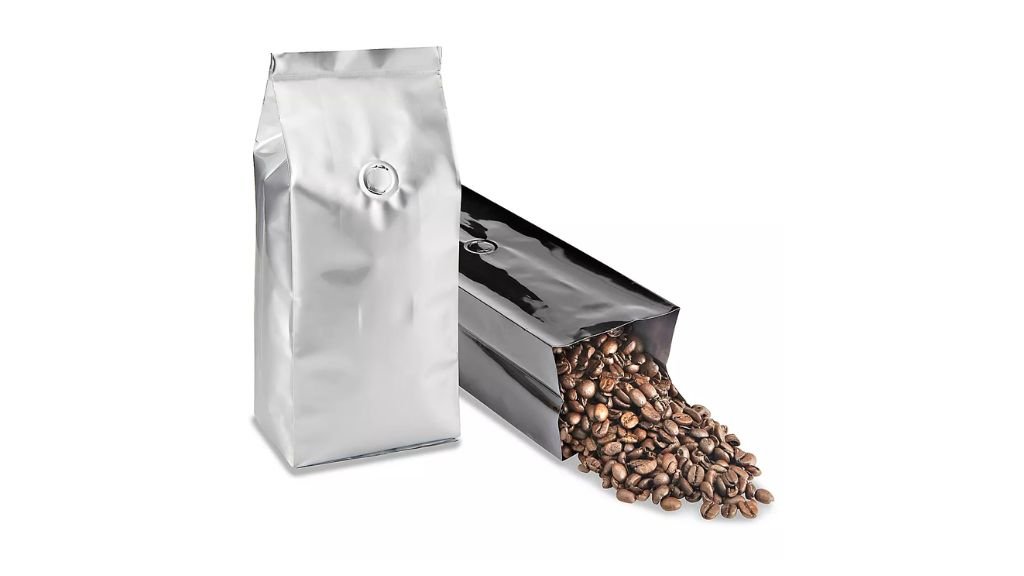
We commonly store coffee beans (the roasted ones) for a longer period. Accordingly, airtight packaging with a one-way valve is one of the best options since it allows gases (CO2) to escape.
The CO2 content in roasted coffee beans can put pressure on the package, making it inflate. They also tend to oxidize simultaneously, affecting coffee beans to degrade.
4. Regular Airtight Packaging
If you have to store your coffee beans for longer, yet airtight packaging with a valve is not your preference, you can use regularly sealed packaging like plastic bags or PP packaging. Usually used to pack coffee beans for exports, this type of packaging offers mechanical strength and durability.
5. Vacuum Packaging
This kind of packaging will pull out the air inside before closing or sealing it to prevent air or bacteria from entering the package. As a result, this packaging can maintain the coffee beans well than plastic storing or paper bag packing. Ground coffee is one that usually uses this kind of packaging.
6. Metal Cans
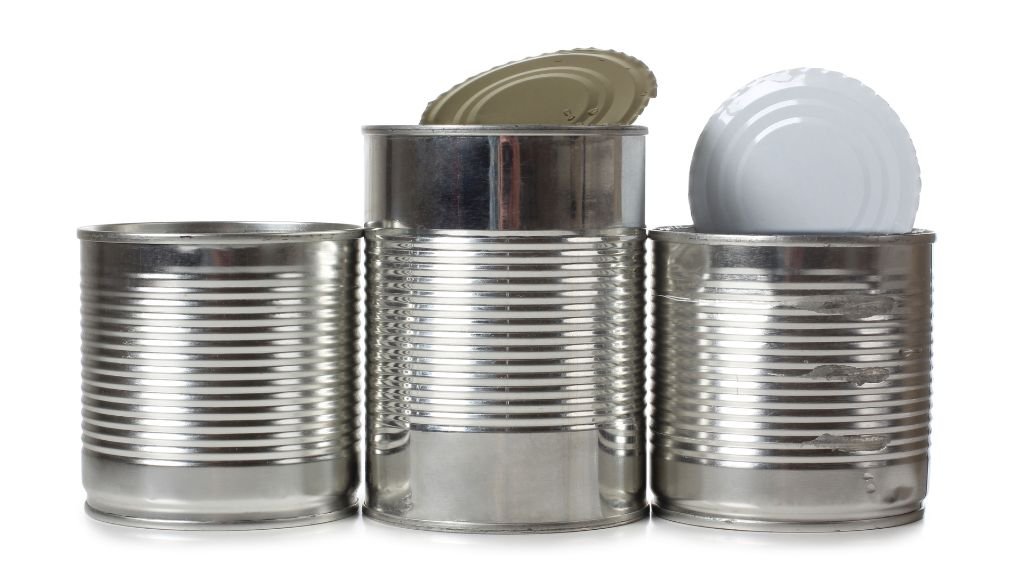
Metal cans are another great option for packing and storing coffee beans. Why? By design, it is sturdier so that coffee will not be easily spoiled. However, metal cans are quite costly. Therefore, only big businesses or brands typically use them.
7. Glass Jars

Glass jars offer a sturdier design that prevents air or water from entering. However, their transparent design tends to easily let the light in, risking and even changing the quality of coffee beans. It is then advisable to use glass jars in darker colors or place them in a dark location.
The packaging of coffee beans, in all types, plays an essential role in keeping the coffee taste and aroma, maintaining coffee shelf life, and functioning as a branding tool. Once you made a packaging choice, now it’s time to select your green coffee beans. What about getting arabica green coffee beans, with a unique taste at Indonesia Specialty Coffee? Get yours now!

